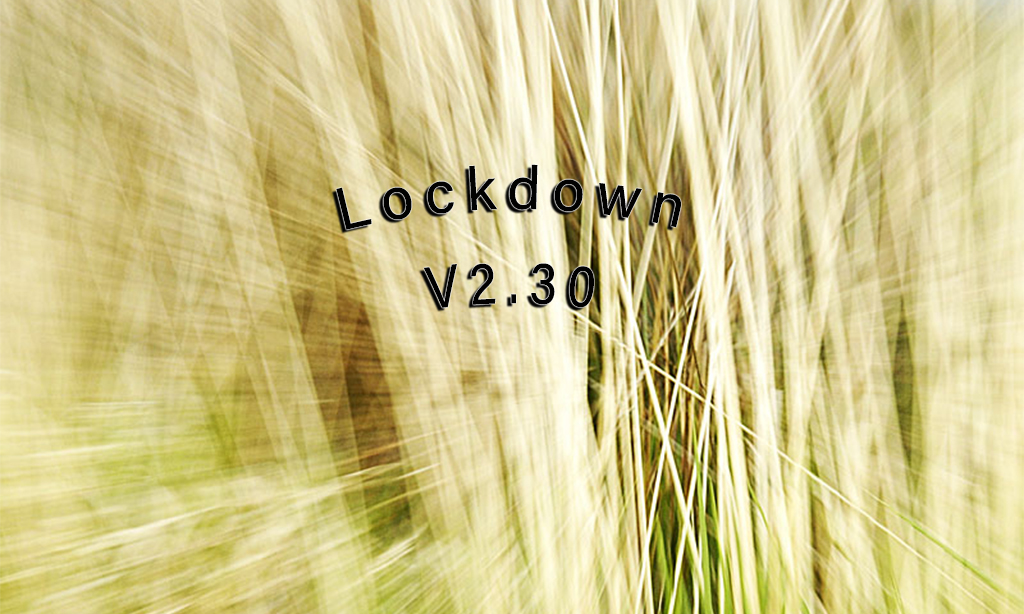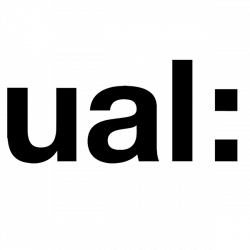Words & Photographs by Emanuela Passadore
MA Design for Art Direction
Confined Bodies is a project in reaction to what the
world has been experiencing.
Confined Bodies is a project in a specific context. Covid19 made us stop, or at least stop moving, stop going out, confining our bodies in our homes.
Self Confinement made us re-question our space, our
homes, our objects and our movements.
Moving is part of our everyday, something
we have always taken for granted. While during quarantine our movements were
just from our bedrooms to our living rooms, backwards and forwards. During this period we
realized more than ever our NEED to move and exercise, in every possible way in
order to keep physical and mentally healthy.
Together with my survey, global figures demonstrate
that there has been a peak of people increasing activity during Covid. Home fitness became the
new trend: online classes of yoga, fitness classes, crossfit, Pilates classes,
on Zoom, Instagram or YouTube. People
started improvising gyms at homes using a range of different objects including
dogs, babies, brooms, chairs: everything in the house becoming a possible
weight in order for training.
My aim with the project is to underline that we can be
creative in the way we do physical activity and the objects we use while doing
that. Highlighting that training (or better) moving, should
always be seen as joy and pleasure and not as I have to go to the gym
to be in shape, and probably wearing black clothes to look skinnier or less
showy.
This project is a celebration of sport as
colours, creativity, and to our bodies conceived as moving sculptures.
IT’S A BODY CELEBRATION
An ode to
sport as relief and escape
An ode
to creativity
An ode
to imagination
An ode
to flexibility
An ode
to movement
An ode
to body consciousness
An ode
to serotonin
An ode
to playfulness
An ode
to colours
And ode
to escapism
An ode
to diversity
An ode
to body positivity
An ode
to freedom
An ode
to fun
An ode
to strength
An ode to balance
An ode to joy
An ode to our bodies as moving sculptures
An ode to joy An ode to our bodies as moving sculptures








